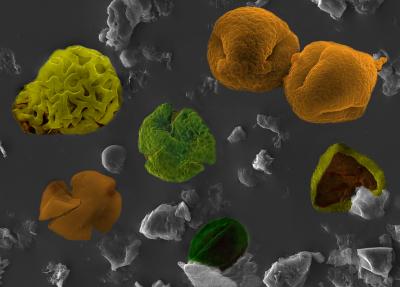Newly discovered ocean plume could be major source of iron
Study reveals micronutrient riches rising from the Southern Mid-Atlantic Ridge
Scientists have discovered a vast plume of iron and other micronutrients more than 1,000 km long billowing from hydrothermal vents in the South Atlantic Ocean. The finding, soon to be published in the journal Nature Geoscience, calls past estimates of iron abundances into question, and may challenge researchers’ assumptions about iron sources in the world’s seas.
“This study and other studies like it are going to force the scientific community to reevaluate how much iron is really being contributed by hydrothermal vents and to increase those estimates, and that has implications for not only iron geochemistry but a number of other disciplines as well,” says Mak Saito, a WHOI associate scientist and lead author of the study. (more…)

